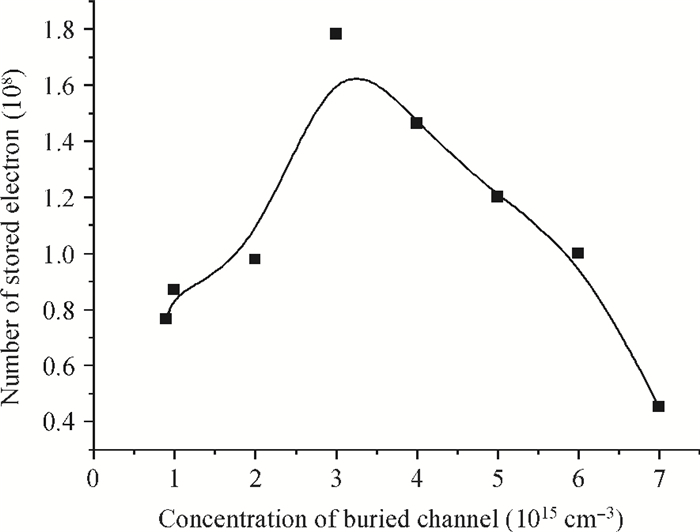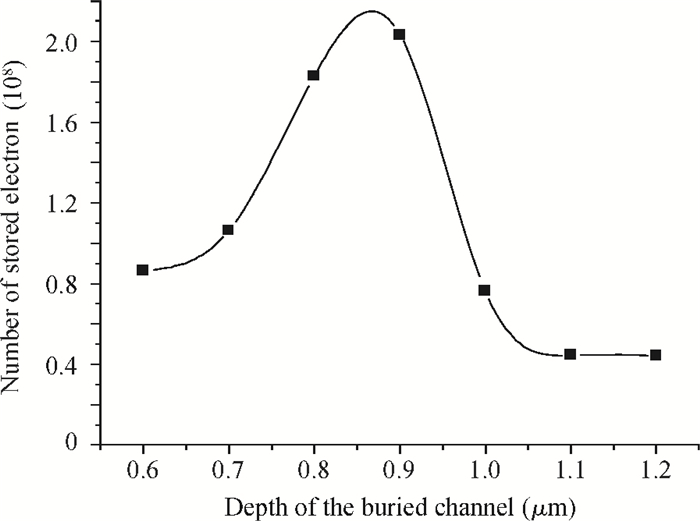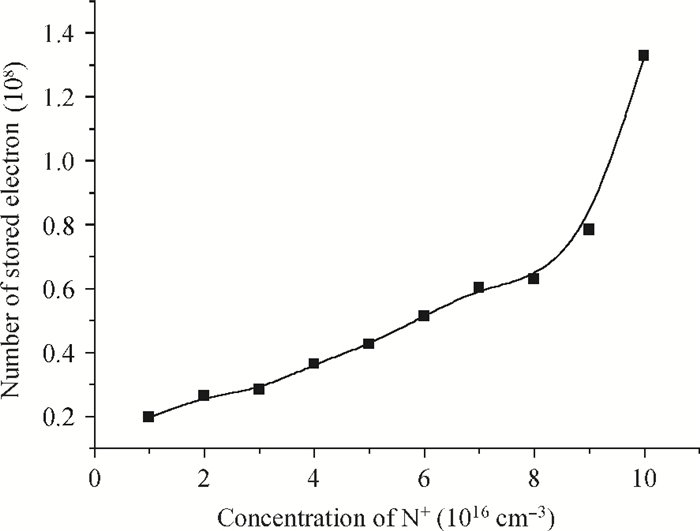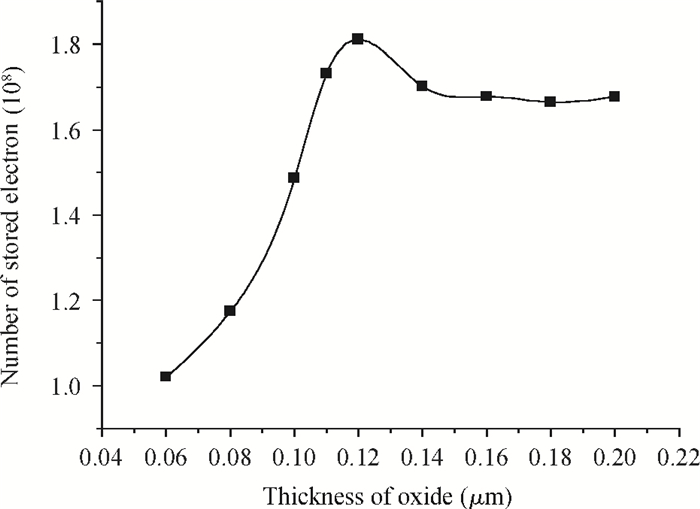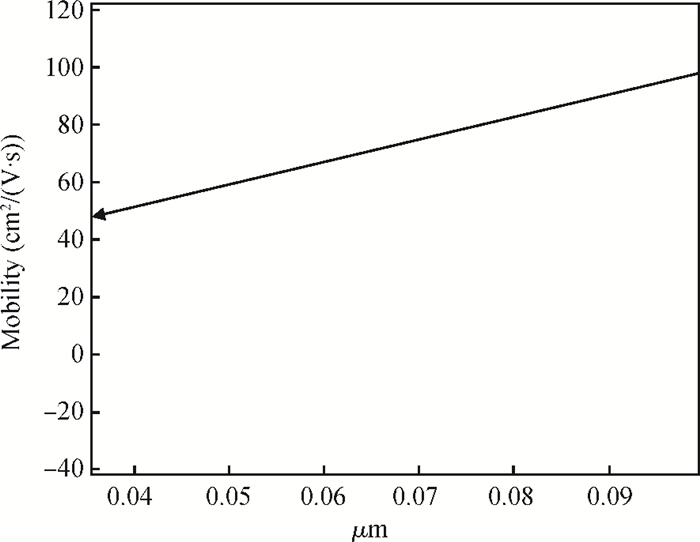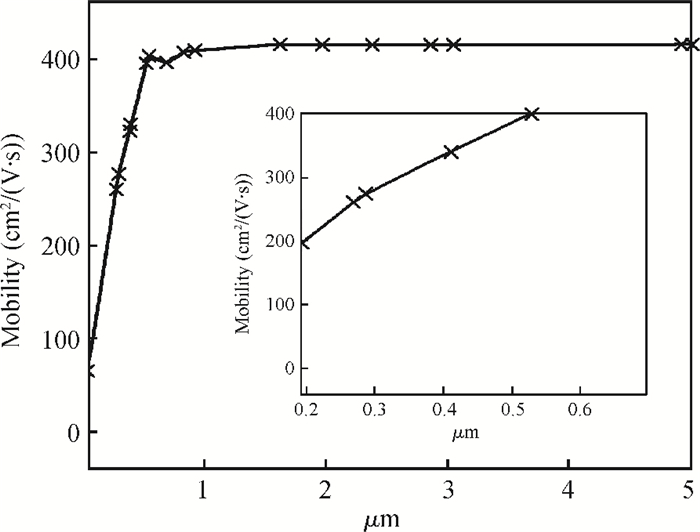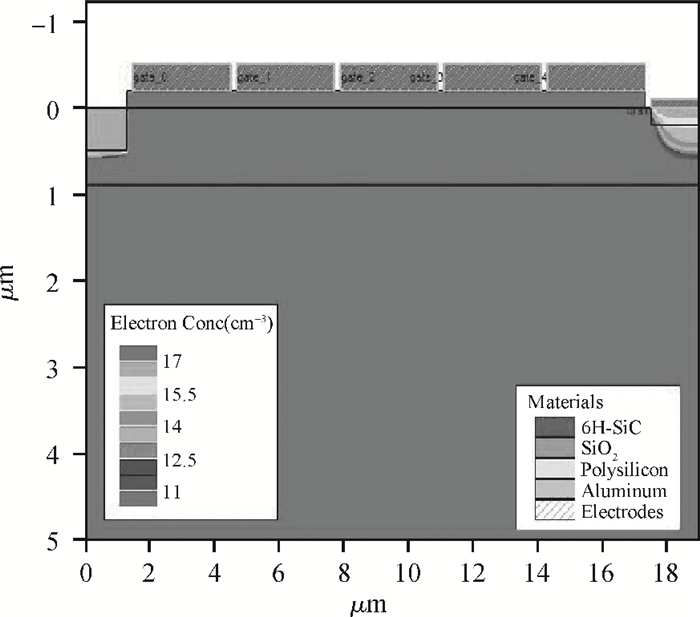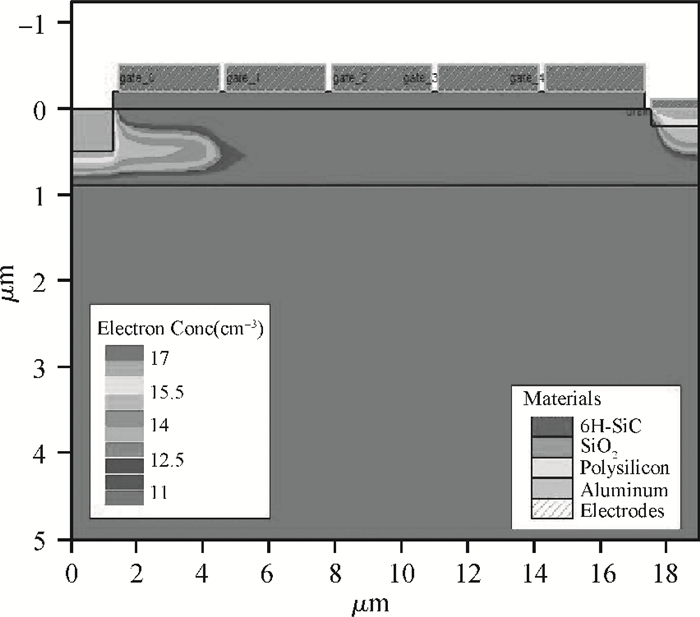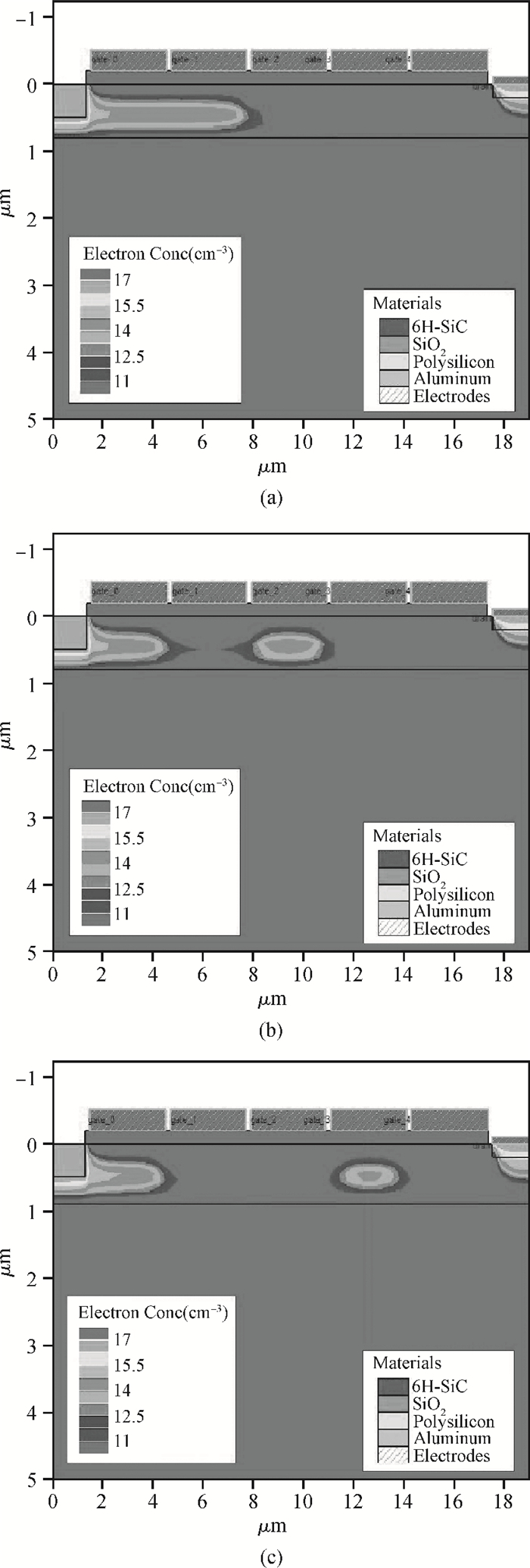| Citation: |
Na Ye, Zhiming Chen, Longfei Xie. A feasibility study on SiC optoinjected CCD with buried channels[J]. Journal of Semiconductors, 2013, 34(11): 114014. doi: 10.1088/1674-4926/34/11/114014
****
N Ye, Z M Chen, L F Xie. A feasibility study on SiC optoinjected CCD with buried channels[J]. J. Semicond., 2013, 34(11): 114014. doi: 10.1088/1674-4926/34/11/114014.
|
A feasibility study on SiC optoinjected CCD with buried channels
DOI: 10.1088/1674-4926/34/11/114014
More Information
-
Abstract
An SiC optoinjected charge-coupled device with buried channels (BCCD) is designed for the detection of ultraviolet light (UV), and its feasibility is studied by means of Silvaco numerical siumlation software. Charge storage and transfer characteristics of the BCCD can be conformed by sitimeslation results. The buried channel design is a key point to realize the high sensitivity of the device. The channel mobility of electrons in the 6H-SiC BCCD can be changed from 47 to 200 cm2/(V· s) when the channel is replaced from surface to the subsurface of 0.2 μm. With the optimized device parameters, the density of stored electrons can reach up to 1.062×1011 cm-2 and the number of stored electrons is up to 1.826×108 for UV light with wavelengths from 200 to 380 nm and an intensity of 0.1 W/cm2 under a driving voltage of 15 V at room temperature.-
Keywords:
- 6H-SiC,
- BCCD,
- ultraviolet light,
- mobility,
- channel
-
References
[1] Franks W A R, Kiik M J, Nathan A. UV-responsive CCD image sensors with enhanced inorganic phosphor coatings. IEEE Trans Electron Devices, 2003, 2(50):352 http://ieeexplore.ieee.org/document/1196077/[2] Liu Wentao, Chen Zhiming. Feasibility of the Light-activation in 4H-SiC thyristors. Power Electronics, 2011, 45(4):89 http://en.cnki.com.cn/Article_en/CJFDTOTAL-DLDZ201104032.htm[3] Blouke M M, Cowens M W, Hall J E, et al. A UV sensitive CCD detector. Electron Devices Meeting, 1979:141 http://ieeexplore.ieee.org/document/1480427/authors[4] Zhang Dawei, Tian Xin, Hang Yuanshen, et al. Preparation and spectral characterization of Lumogen coatings for UV-responsive CCD image sensors. Spectroscopy and Spectral Analysis, 2010, 5(30):1171 http://en.cnki.com.cn/Article_en/CJFDTOTAL-GUAN201005008.htm[5] Zhang Yourun, Zhang Bo, Li Zhaoji, et al. Two-dimensional analysis of the interface state effect on current gain for a 4H-SiC bipolar junction transistor. Chin Phys B, 2010, 6(19):1 doi: 10.1088/1674-1056/19/6/067102/meta;jsessionid=2A34C9A6453F9E6D586212ED87144E8C.ip-10-40-1-105[6] Codreanu C, Avram M, Obreja V, et al. Interface states and related surface currents in SiC junctions. International Semiconductor Conference, 2003:297 http://ieeexplore.ieee.org/document/1252439/authors[7] Roschke M, Schwierz F. Electron mobility models for 4H, 6H, and 3C SiC. IEEE Trans Electron Devices, 2001, 7(48):1442[8] Bai Tingzhu, Jin Weiqi. Optoelectronic image principle and technology. Beijing:Publishing House of Beijing Institute of Technology, 2006:297(in Chinese)[9] ATLAS user's manual. Santa Clara, 1984[10] Shen Hongyang. Monte Carlo study of channel mobility in 4H-SiC MOSFET. Xi'an:Xi Dian University, 2009:35(in Chinese)[11] Sheppard S T, Melloch M R, Coper Jr J A. Development and operation of buried channel charge coupled devices in 6H silicon carbide. School of Electrical and Computer Engineering from the College of Engineering at Purdue University, 1996 http://docs.lib.purdue.edu/cgi/viewcontent.cgi?article=1100&context=ecetr[12] Sheppard S T, Melloch M R, Coper Jr J A, et al. Experimental demonstration of a buried-channel charge coupled device in 6H silicon carbide. IEEE Electron Device Lett, 1996, 17(1):4 doi: 10.1109/55.475559 -
Proportional views





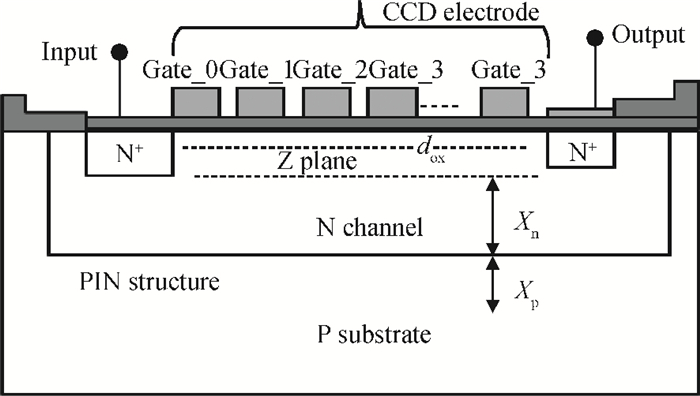
 DownLoad:
DownLoad:
